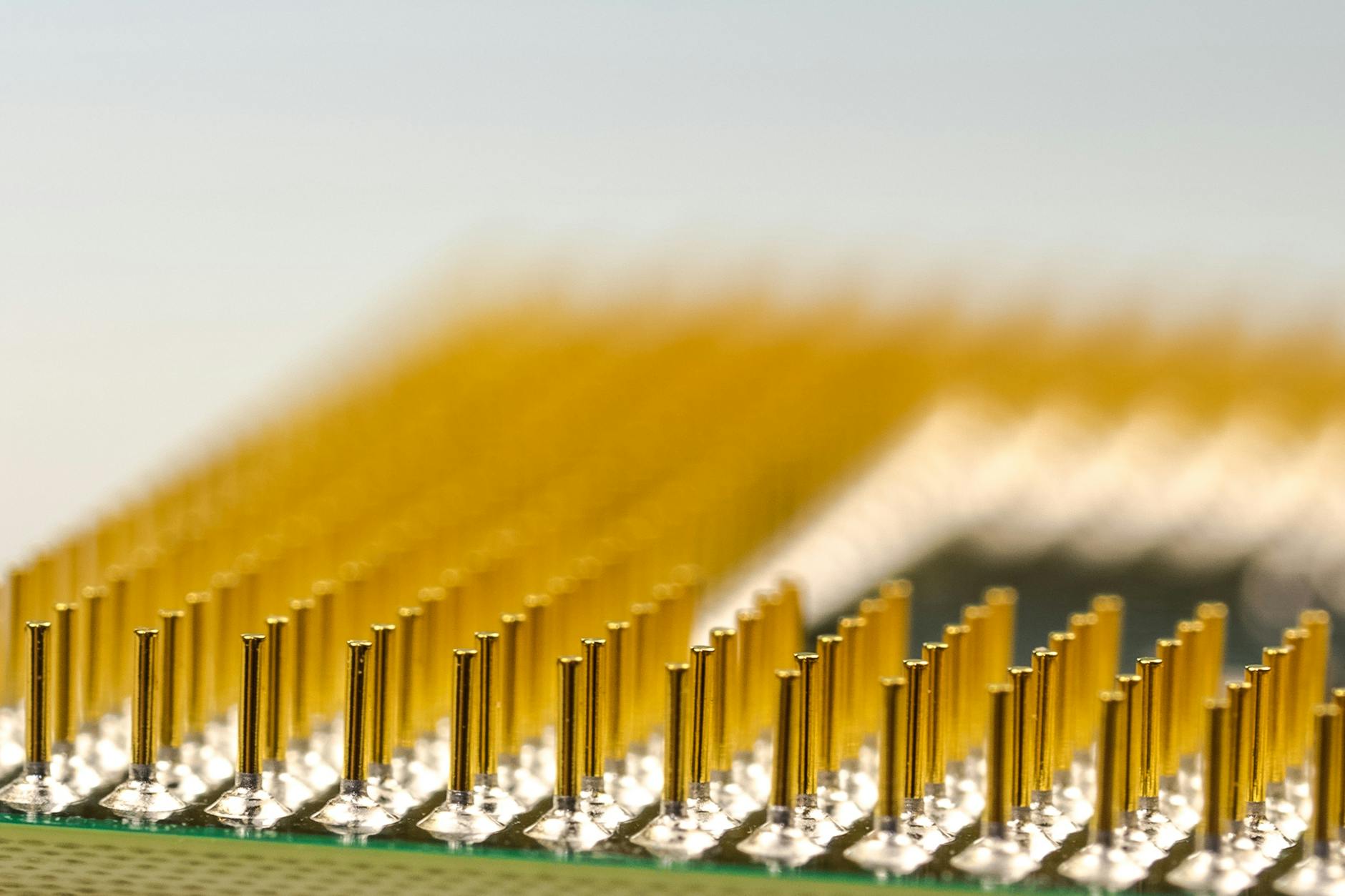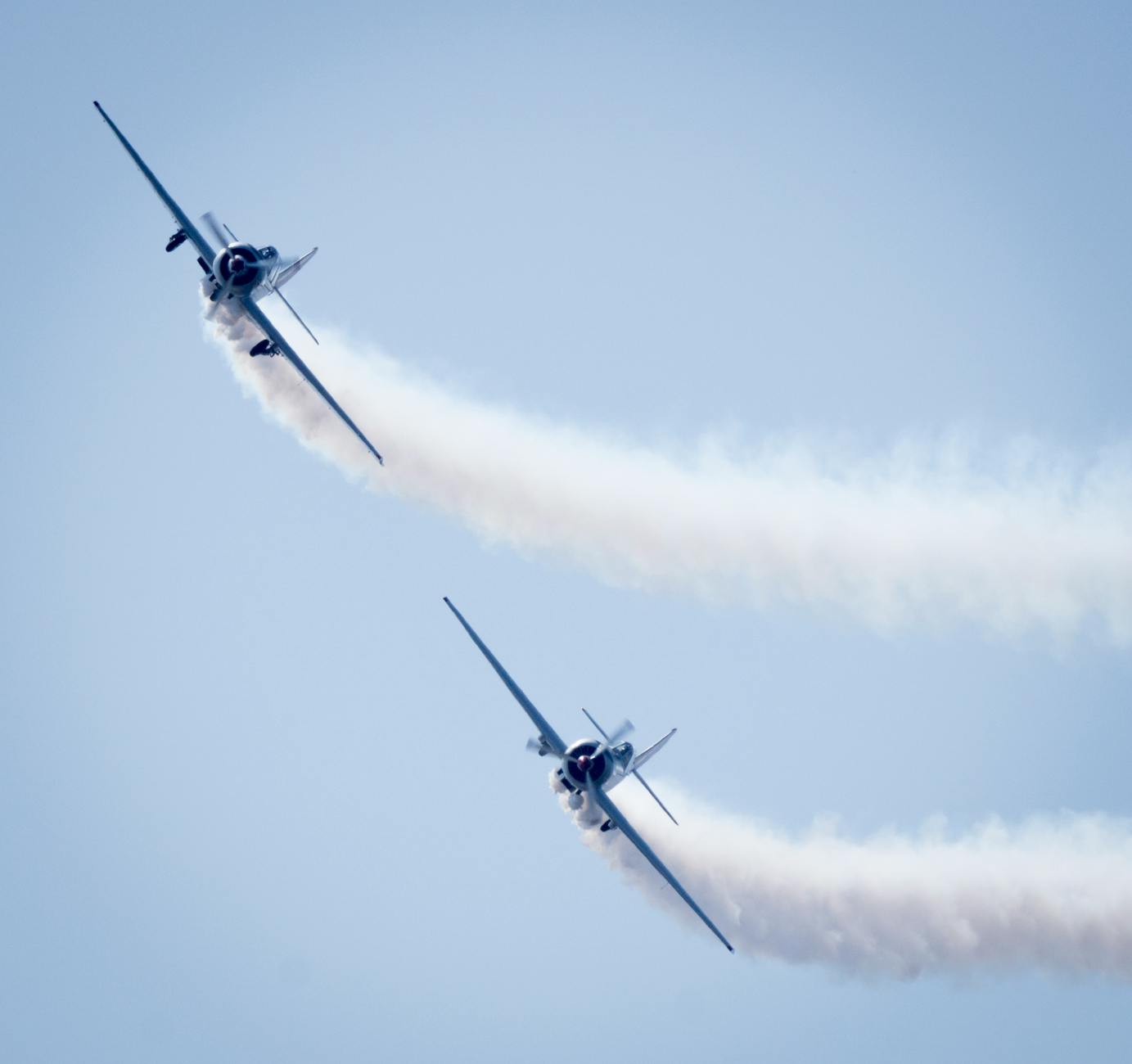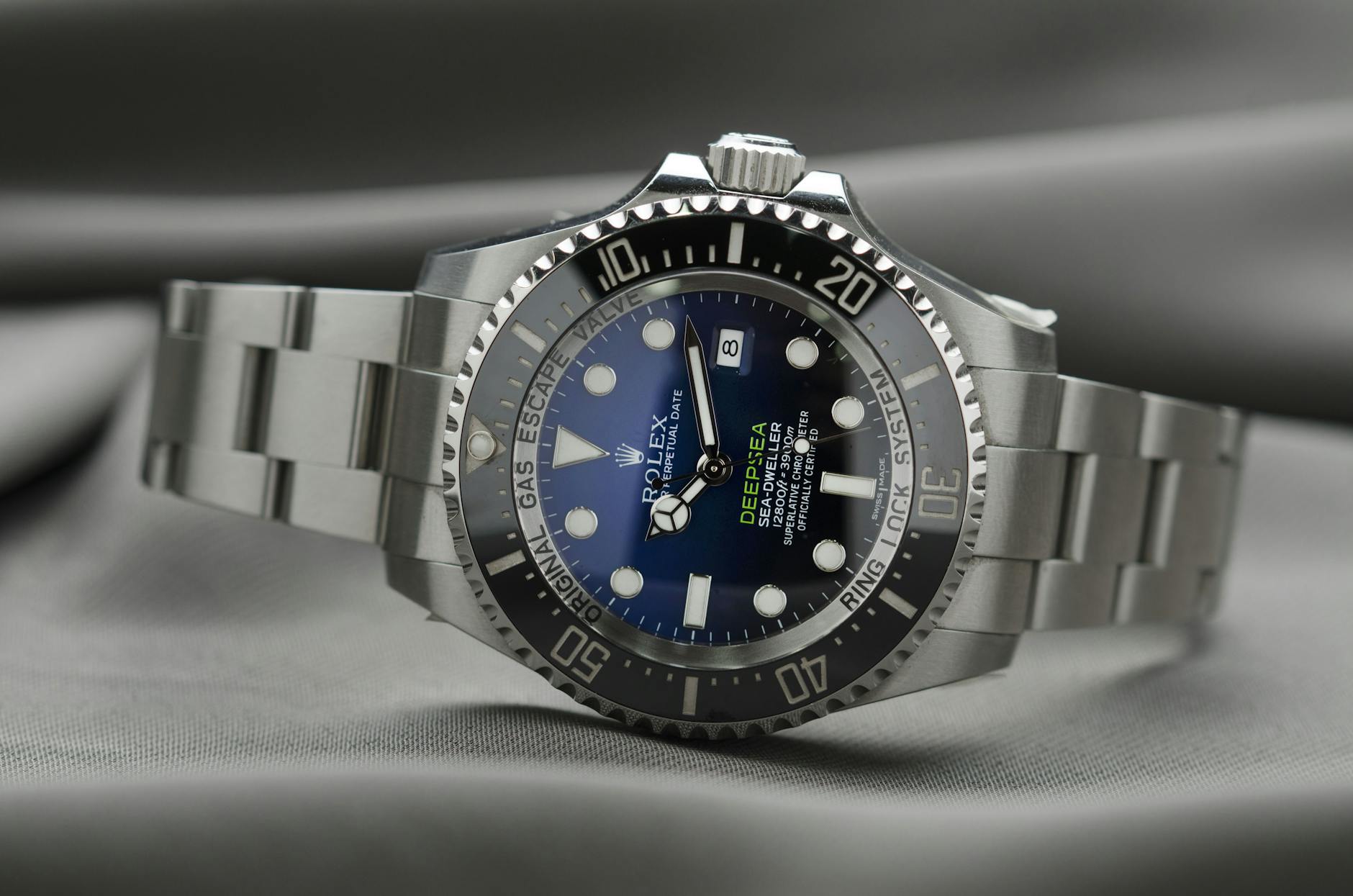Are You Fully Utilizing Audio Equipment for Your Films in Australia?

Selecting Audio Equipment
Stepping into the world of audio-visual artistry, the importance of selecting the right audio equipment cannot be overstated. Whether you're a filmmaker trying to perfect your soundscapes or a music therapist like Lily, who's working her magic on clients, selecting the right tools can make a huge difference. Let's focus on the essentials first. When choosing between guitars and basses, consider the tonal range and its therapeutic potential. Melbourne is home to wondrous venues, like the art house cinemas along Carlton's Film Strip, which inspire blending visuals with sound creatively.
In today's ever-evolving world, versatility in equipment can save you time and money. For instance, paging systems aren't just for mundane office announcements; they can also be ingeniously used in large, interactive therapy sessions. This multifaceted functionality can breathe new life into traditional audio experiences.
Finally, navigating through recent advancements in technology opens new avenues for experimentation. Note how monitors for video conferencing have transformed virtual sessions, allowing for seamless remote interactions. Incorporating such tech not only enriches therapeutic tools but also ensures accessibility across diverse environments, creating opportunities for wider connections and enriching experiences. As you traverse Melbourne's creative workshops, remember to integrate film techniques into your work enhancing your vibrant soundscapes and providing a fulfilling experience.
Optimizing Your Setup
In my experience as an audio-visual artist, optimising the setup for your audio equipment is akin to staging a screenplay; every piece and its position can greatly influence the final performance. Strategic placement is crucial. When arranging your musical gear, consider symmetry in your workspace to facilitate balanced audio output. If you're setting up in Melbourne, envision that prime real estate is much like the creative workshops in the Melbourne Arts Precinct—each component needs its place to truly shine.
Strategic Placement
Selecting the right spot for your equipment can enhance sound quality significantly. Arrange speakers so they face the primary listening area and are angled inward slightly. This ensures that sound waves disperse evenly, creating a richer listening experience. Position microphones strategically to avoid feedback loops, which can save a lot of post-production headaches.
Acoustic Considerations
The acoustics of your setting play a pivotal role. Understand that every room has unique sound characteristics, akin to the varied screens found in Melbourne's art house cinemas along Carlton's Film Strip. Acoustic panels and diffusers can transform your space, helping to manage reverberance and ensuring that your musical equipment delivers crisp sound that's true to your vision.
Balancing Sound
Finally, achieving balanced sound involves fine-tuning levels across all devices. Adjust inputs for microphones and outputs for speakers to ensure clarity without overwhelming any single element. This balance is much like mixing a film score—every instrument must coexist harmoniously to tell a compelling auditory story with your pro audio equipment.
Enhancing Film Soundscapes
Integrating Music Elements
Creating a captivating soundscape in a film demands incorporating diverse musical elements that resonate with audiences. As filmmakers, we can't underestimate the importance of having the right recording equipment to capture these elements clearly and powerfully. Consider the intricate layers of music set against the backdrop of art house cinemas along Carlton's Film Strip; each note should engage and steer the narrative seamlessly. Embrace ambient sounds and scores that complement the visual storytelling, providing depth and emotional resonance to each scene.
Capturing Natural Sounds
An authentic soundscape is enriched by the subtle inclusion of natural sounds. Capturing these requires precision and a keen ear, often leaning on a professional microphone to secure crystal-clear recordings. Think of a gentle breeze or the distant hum of city life—these can breathe life into your scenes when used effectively. Melbourne, with its diverse soundscape from bustling markets to quiet lanes, offers the perfect symphony of natural sounds for creative work. Practice by recording in dynamic spaces like the media facilities at Federation Square, letting real-world sounds guide your storytelling.
Layering Sound Effects
Layering sound effects is an art that transforms ordinary scenes into immersive experiences. Encourage creativity by experimenting with different layers, ensuring each adds value to the scene. It's about balancing and interweaving sounds in a manner akin to sculpting harmony in a music therapy session. By blending diverse elements—dialogue, ambient noise, and meticulously selected sound effects—you craft a textured audio experience that draws the audience deeper into the narrative, enhancing the overall impact of your film.
Common Mistakes
Overlooking Sound Quality
One common mistake many make, including filmmakers, is neglecting the significance of sound quality. It can be tempting to focus primarily on visuals, but sound holds equal power in storytelling. Avoid using subpar equipment that doesn’t support the full range of audio a production demands. Ensuring crisp, clear broadcast solutions is fundamental. Whether you’re screening your film at cutting-edge facilities or intimate art house cinemas along Carlton's Film Strip, the clarity of sound will significantly influence the audience's experience.
Neglecting Backup Plans
In any creative undertaking, it's crucial to have reliable backup plans for your equipment. There's always a chance that gear might malfunction—a risk that filmmakers often underestimate. Always have a spare set of gear ready, including key items like microphones and cables. Additionally, carrying an induction loop can be beneficial for ensuring that your setup remains inclusive, accommodating all individuals in your audience, including those with hearing impairments.
Misjudging Equipment Needs
Misjudging your equipment needs can derail even the most well-intentioned productions. While it's easy to be swept up by the allure of advanced technology, it’s important to align your gear with the specific demands of your project and budget. Careful planning ensures that every piece of equipment has a purpose, whether you're involved in intimate storytelling sessions or grand productions. Aim to match your equipment choices with the unique requirements of each project, saving both time and resources.
Best Practices
Regular Equipment Testing
In the ever-evolving landscape of filmmaking, consistent testing of your gear is like feeding your creativity the nutrients it needs. Keeping equipment in optimal condition is paramount, so before embarking on any project, make sure to rigorously test each piece. This might involve running audio checks or simulating different filming environments akin to those you'll find in the creative workshops in the Melbourne Arts Precinct. This ensures you're prepared to capture every nuance, just like the crisp audio you’d expect from art house cinemas along Carlton's Film Strip.
Embrace Constructive Feedback
Feedback is the brushstroke that adds texture to your audio-visual tapestry. Engage with trusted peers or mentors—perhaps from media facilities at Federation Square—who have a knack for noticing hidden blemishes. Embrace their insights, and wield them like a seasoned auteur finessing a script. It’s through this iterative process that you refine the sonic components of your work into elements that resonate deeply with your audience.
Pursue Endless Learning Opportunities
Never rest on your laurels. Treat every day as an open door to new discoveries. Dive into the cutting-edge film soundscapes by attending industry events and workshops. Through these events, stay updated on pivotal advancements that bring innovation to your projects, such as improving your grasp on filmmaking techniques. Expanding your knowledge will not only enrich your current projects but also prepare you for future opportunities, keeping the creative flame ever-flickering.


